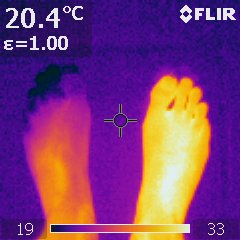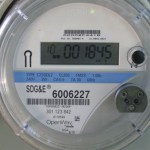 The Do the Math blog series has built the case that physical growth cannot continue indefinitely; that fossil fuel availability will commence a decline this century—starting with petroleum; that alternative energy schemes constitute imperfect substitutes for fossil fuels; and has concluded that a very smart strategy for us to adopt is to slow down while we sort out the biggest transition humans have ever faced. The idea is to relieve pressure on the system, avoid the Energy Trap, and give ourselves the best possible chance for a successful transformation to a stable future. Since building this case, I have described substantial adaptations in our home energy use, but have not yet addressed the one that bears most directly on the immediate problem: transportation and liquid fuels. Let’s take a look at what can be done here.
The Do the Math blog series has built the case that physical growth cannot continue indefinitely; that fossil fuel availability will commence a decline this century—starting with petroleum; that alternative energy schemes constitute imperfect substitutes for fossil fuels; and has concluded that a very smart strategy for us to adopt is to slow down while we sort out the biggest transition humans have ever faced. The idea is to relieve pressure on the system, avoid the Energy Trap, and give ourselves the best possible chance for a successful transformation to a stable future. Since building this case, I have described substantial adaptations in our home energy use, but have not yet addressed the one that bears most directly on the immediate problem: transportation and liquid fuels. Let’s take a look at what can be done here.
Views: 4104





